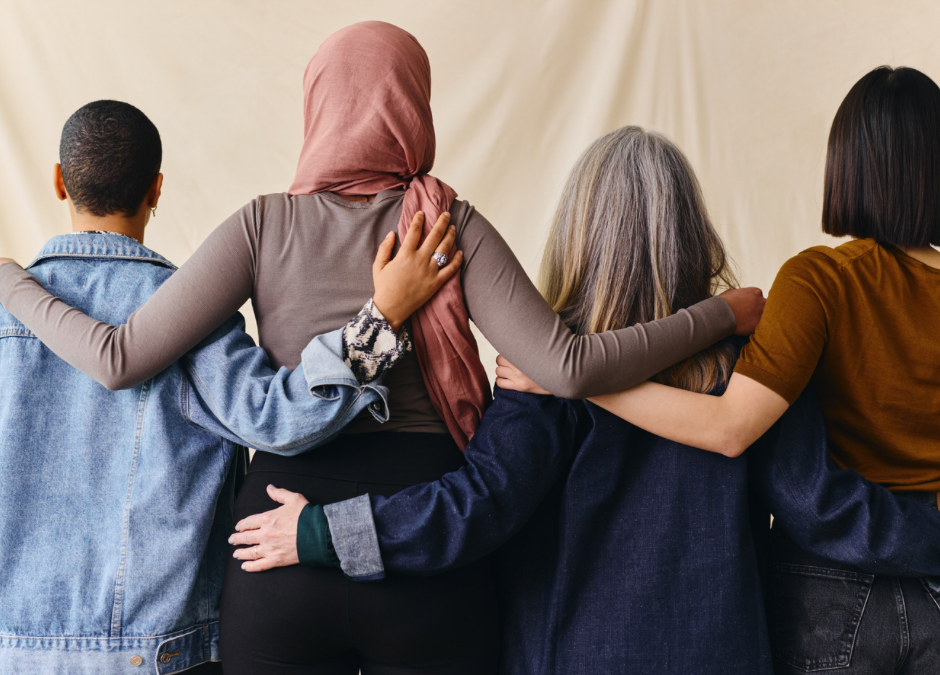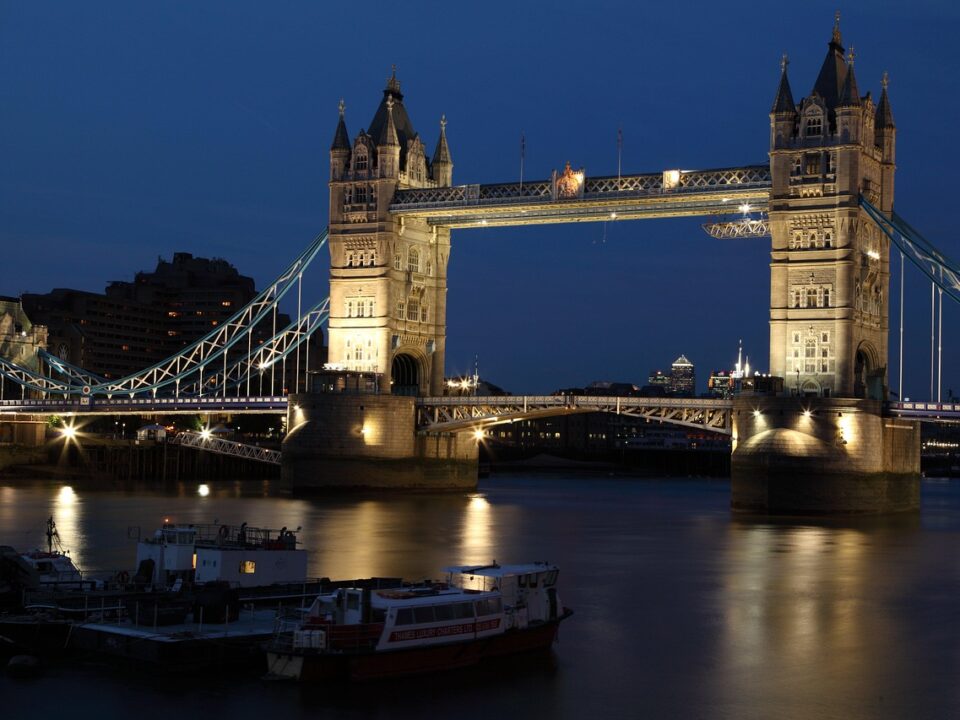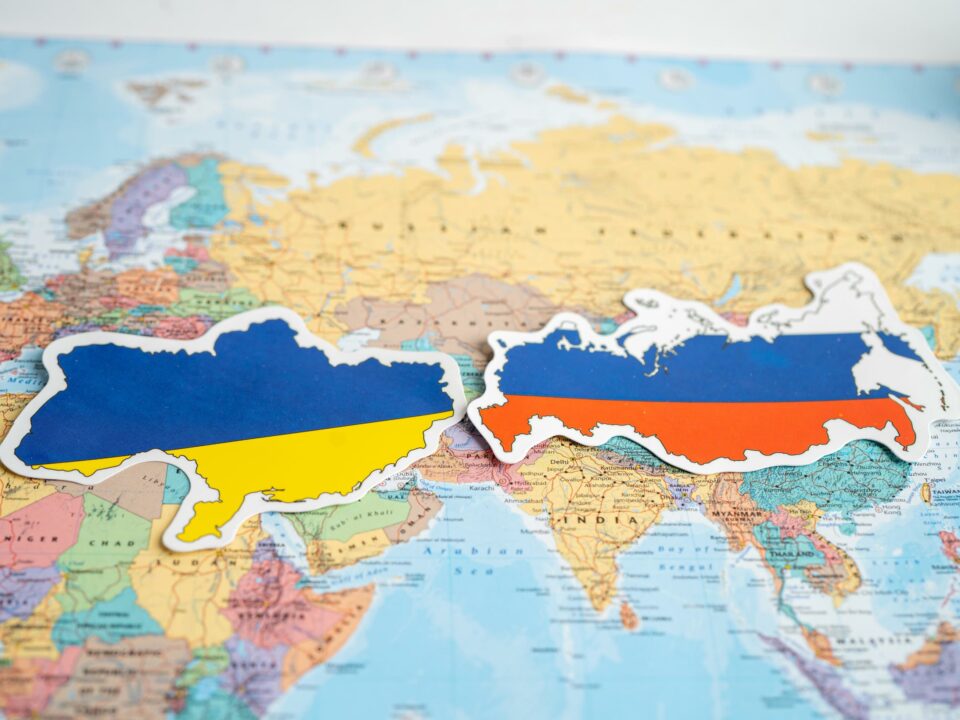
Break the cycle: Strategies for reducing crime rates through effective rehabilitation and desistance
October 25, 2024
A Nation Divided: Understanding the 2024 United Kingdom Riots
October 25, 2024‘Nowhere else in the world has there been an attack as widespread, systematic and all-encompassing on the rights of women and girls as in Afghanistan’.[1] – The United Nations.
Introduction: Taliban Laws on Vice and Virtue
On 15th August 2021, the Taliban successfully undertook a successful resurgence of de facto authority in Afghanistan, thus, effectively filling the power lacuna resultant of Western military withdrawal. This has been ruinous for Afghan individuals who had hitherto experienced the burgeoning of Human Rights and civil liberties.
In order to realign Afghan society with the Taliban’s malevolent ideology, the “Ministry for the ‘Propagation of Virtue and the Prevention of Vice’ was formally re-established. Previously described as a “notorious symbol of arbitrary abuses”,[2] the Ministry is the Taliban’s current spearhead for its draconian social reforms. The prejudicial implications of this re-establishment are salient.
Consequently, on 21st August 2024 the Taliban promulgated their Laws on ‘Vice and Virtue’, following approval by supreme leader Hibatullah Akhundzada. These laws, as published by the “Ministry for the ‘Propagation of Virtue and the Prevention of Vice’” are formally outlined in a 114-page document.[3]
This document aggregates comprehensive regulation of Afghan individual’s daily conduct. This includes subjugating facets of life such as: Public transportation, sports, music, shaving and celebrations, to the Taliban’s austere interpretation of Islamic Sharia law.
Furthermore, the document bestows the Ministry with the administration of punishment for transgressions of the ‘Vice and Virtue’ document. Via codification into law, this document deepens violations of Afghan Human Rights; whilst moreover mandating increased de facto power to the Taliban in ensuring the enforcement of violations.
Women Right’s Violations
Notwithstanding the document’s impact in Afghan society being ubiquitous, the ramifications for already tenuous women rights in Afghanistan are particularly abhorrent.
This is largely consequent of Article 13 of the document, which stipulates that:
- Women always veil their body in public and that a face covering is essential to avoid temptation, of oneself and others.
- Clothing should never be thin, tight or short. [1]
The documents injurious effects are further exacerbated by consequence of stipulations that:
- Women should veil themselves in front of male strangers.
- Woman’s voices are ‘intimate’, thereby it should not be heard singing, reciting, or reading aloud in public.
- Women should not look at a man which they are not related to by blood or marriage.[2]
These new regulations highlight the Taliban’s inimical disregard for International Human Rights obligations, pertaining to women. Through codifying these violations, the Taliban are overtly disregarding the ‘Convention on the Elimination of All Forms of Discrimination against Women’.[3]
This treaty sought to ensure Internationally that women maintain minimum Human Rights, including:
- Freedom of movement
- Freedom of expression
- Right to peaceful assembly
- Rights to employment, political participation, health care, and education.
The Taliban are bound by the obligations of this treaty, due to the erstwhile State of Afghanistan ratifying it. This is clarified by the International Law Commission, which notes that a ‘de facto government…is itself an apparatus of the state’ and its ‘conduct’ is imputable to the state (Article 4; Comment 4 to Article 9).[4]
Resultingly, the codification of ‘Vice and Virtue’ legislation puts onto a de facto legal footing the Taliban’s insouciance for International Human Rights standards. However, this is paradigmatic of the Taliban, with previous women right’s violations already being a hallmark of their authority.
Previous Women Right’s Violations
Women right’s violations in Afghanistan are not novel, having become a hallmark of Taliban state-governance. Since the 1990’s, when holding de facto authority, the Taliban has been steadfast in restricting the rights of women.
Regarding the recent ‘vice and virtue’ legislation, it is a furtherance of a multiplicity of decrees aimed at regressing women’s rights, including:
- Previous dress-code stipulations.
- Segregated employment.
- Disparities in educational rights.
- The necessity of a male guardian when travelling.
This has resulted in injurious implications for women. A U.N report has shown in the aftermath of the employment decree, hundreds of Afghani women were denied access to work.[5] Further, the same report also notes the breakdown of legal framework for women seeking to issue complaints of gender-based violence.[6] Whilst also noting the arbitrary arrests of women for dress-code violations.[7]
Despite this, supreme leader, Hibatullah Akhundzada asserts that:
“Necessary steps have been taken for the betterment of women as half of society in order to provide them with a comfortable and prosperous life according to the Islamic Shariah,”[8]
Nevertheless, the violations are indicative of the Taliban’s objective of a regression of women rights to pre-2002 levels. The U.N Commissioners Office has outlined as much, noting the Taliban’s aims of exhausting ‘the rights to education, to work, to the highest attainable standard of physical and mental health, freedom of movement and freedom from fear and want and from discrimination’.[9]
Therefore, the codification into de facto law of the ‘Vice and Virtue’ document is, as suggested, emblematic of the Taliban’s ambition for further regressions of women’s rights: It risks becoming merely one component in a wholescale persecution of women in Afghanistan.
Attempts to Alleviate Violations: What Needs to be Done?
With the above mentioned at stake, action must be taken to alleviate this potential future. At present, there exists no domestic remedy for Afghan women attempting to enforce their Human Rights. Therefore, the onus falls on the West to ensure the alleviation of women right’s violations in Afghanistan, through international political and legal mechanisms. It follows that the following three approaches may be effective in alleviating women’s rights violations:
- International Court of Justice (ICJ)
A dynamic approach to alleviation may be possible through the International Court of Justice’s jurisdiction in Afghanistan. This is due to the ICJ’s powers in adjudication of the ‘Convention on the Elimination of All Forms of Discrimination against Women’.
This approach as suggested by Fereshta Abbasi from the Human Rights Watch, is contingent on intricate elements of international law.[10] For example, it is dependent on another state bringing the ‘contentious case’ before the court. Satisfying these elements is often time consuming and onerous. However, Abbasi has suggested that:
‘Under Article 41 of the ICJ Statute, once a case is initiated, any state involved may request the ICJ to order provisional measures—obligatory temporary protective or injunctive relief—to safeguard their rights pending a final decision’.
This highlights how an ICJ ruling route represents a potential tangible legal remedy. Moreover, it may serve to strengthen diplomatic bargaining power in pursuing an alleviation of women’s rights violations, due to a scrupulous examination of the violations providing a vivid and transparent insight into the Taliban’s actions.
- Direct United Nations (U.N) Intervention
A disparate approach that may be effective in alleviating, the Taliban’s violations is by means of U.N. intervention. Regarding women’s rights violations in Afghanistan, the U.N has been outspoken in ‘Report of the Special Rapporteur on the situation of human rights in Afghanistan.’[11]
This report concluded between June 2023 and March 2024, the Taliban issued over 52 new decrees that impose further restrictions on the rights of women and girls, effectively consolidating an institutionalised system of female persecution. This has contributed ‘to a climate of fear and intimidation among segments of the population’ in Afghanistan.
Albeit the reports giving a salutary insight into the violations, the Humans Rights Watch has called on additional action by the U.N.[12] They have formally written to the U.N. ahead of the 57th regular session of the UN Human Rights Council. It called on the Council to:
“(1) renew and strengthen with the necessary resources, the mandate of the Special Rapporteur on the situation of human rights in Afghanistan.
(2) establish a parallel and complementary independent mechanism to investigate, collect, consolidate, preserve and analyse evidence of human rights violations and abuses and crimes under international law.
(3) ensure continuation of a dedicated space for enhanced interactive dialogue on the situation of women and girls in Afghanistan with meaningful follow-up to the report of the Special Rapporteur on the Taliban’s repression against women and girls.”
Resultingly, the Council concluded that a multitude of steps may be taken by the U.N. Notably, the Council at 109.6 suggested:
‘Uphold the human rights obligations stemming from the international treaties to which Afghanistan is a State party, including the rights to freedom of thought, conscience and religion, to peaceful assembly and to education, and ensure that any law review complies with such obligation’.[13]
This appears to countenance the ICJ ruling approach as endorsed above. However, ultimately the Councils report does not form collective action by the U.N. Therefore, the U.N. still has some way to go in being an effective alleviator of women rights violations in Afghanistan.
- Economic Extortion
A final, more pragmatic approach which may be taken to alleviate women rights violations is by extorting Afghanistan’s futile economic situation. This approach would endeavour to use Afghanistan’s diminishing economy, which has seen a ‘cumulative 27% shrinkage since 2020’,[14] as means for ensuring women rights are respected. This would be achieved by threatening to impose economic sanctions, thus extorting the Taliban into guaranteeing women’s rights.
However, important to note is that this sanction focused approach risks the exacerbation of the current humanitarian crisis in Afghanistan, if greater economic sanction is implemented.[15] This makes this approach potentially untenable, despite its perceptible likelihood of success.
Conclusion
The promulgation of the Laws on ‘Vice and Virtue’ suggests an ominous future for Woman’s Human Rights in Afghanistan. The Taliban’s disregard for International Human Rights standards pertaining to woman has been obtrusive since their reassumption of authority in 2021. Consequently, the ‘Vice and Virtue’ document risks becoming one in a long continuum of women human right’s violations in Afghanistan.
In combatting this, Western states and supranational organisations must mobilise their international political and legal instruments, to alleviate the violations. However, at present Western attempts at alleviation have been impotent. Resultingly the prospect of haltering the Taliban’s current women rights violations appear inauspicious.
If this persists, the Taliban may prove triumphant in manifesting their Sharia-law idealisms on women. If so, this would represent a dystopian existence for women residing in Afghanistan, whereby their persecution would be further augmented.
Article by Tom McIlroy
Bibliography
Afghanistan: Vice and Virtue Department Could Return | Human Rights Watch (hrw.org)
An Avenue to Justice for Afghan Women | Human Rights Watch (hrw.org)
English HR update Jan 2024 (unmissions.org)
https://legal.un.org/ilc/texts/instruments/english/draft_articles/9_6_2001.pdf
Taliban rejects UN concerns over laws banning women’s voices, bare faces in public | AP News
The Taliban Publish Vice Laws That Ban Women’s Voices and Bare Faces in Public (usnews.com)
Women’s rights key for Afghanistan’s economic recovery | UN News
[1] The Taliban Publish Vice Laws That Ban Women’s Voices and Bare Faces in Public (usnews.com)
[2] Ibid.
[3] Convention on the Elimination of All Forms of Discrimination against Women New York, 18 December 1979 | OHCHR
[4] https://legal.un.org/ilc/texts/instruments/english/draft_articles/9_6_2001.pdf
[5] English HR update Jan 2024 (unmissions.org)
[6] Ibid.
[7] Ibid.
[8] Taliban leader claims women are provided with a ‘comfortable and prosperous life’ in Afghanistan | AP News
[9] Afghanistan: UN experts say 20 years of progress for women and girls’ rights erased since Taliban takeover | OHCHR
[10] An Avenue to Justice for Afghan Women | Human Rights Watch (hrw.org)
[11] A/HRC/56/25: The phenomenon of an institutionalized system of discrimination, segregation, disrespect for human dignity and exclusion of women and girls – Report of the Special Rapporteur on the situation of human rights in Afghanistan | OHCHR
[12] Open Letter on Afghanistan to Permanent Representatives of Member and Observer States of the United Nations | Human Rights Watch (hrw.org)
[14] Women’s rights key for Afghanistan’s economic recovery | UN News
[15] Afghanistan’s Economic and Humanitarian Crises Turn Dire | United States Institute of Peace (usip.org)
[1] A/HRC/53/21: Situation of women and girls in Afghanistan – Report of the Special Rapporteur on the situation of human rights in Afghanistan and the Working Group on discrimination against women and girls | OHCHR
[2] Afghanistan: Vice and Virtue Department Could Return | Human Rights Watch (hrw.org)
[3] Taliban rejects UN concerns over laws banning women’s voices, bare faces in public | AP News





